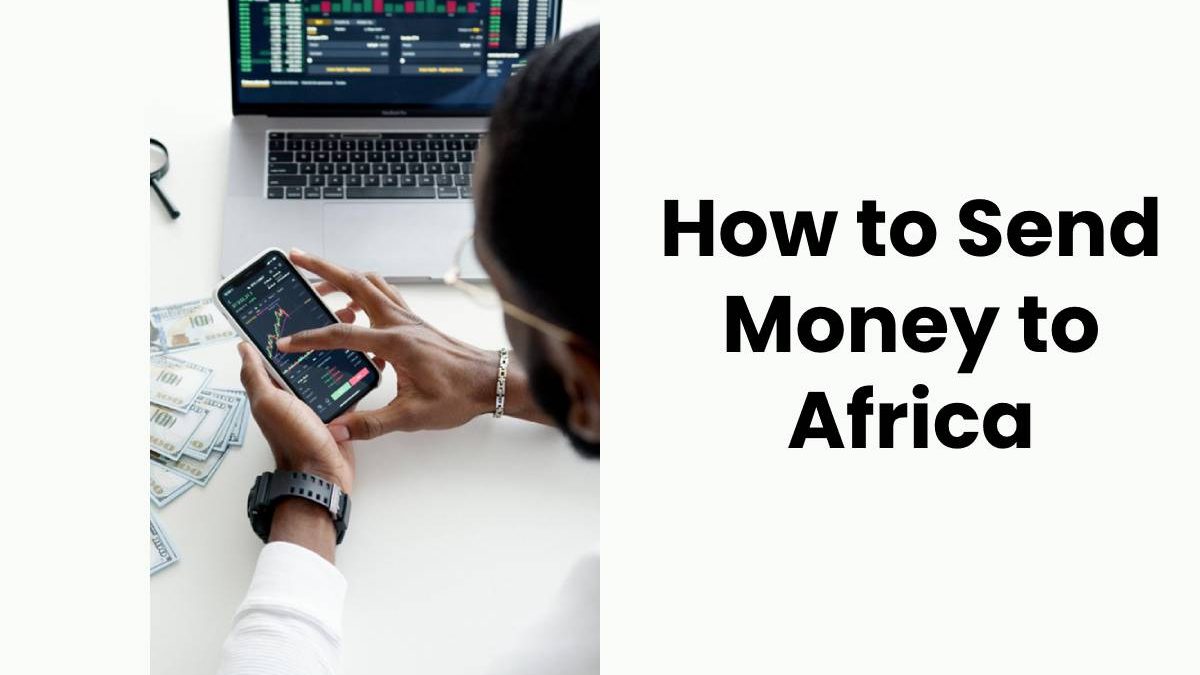Sending money to Africa can be complicated and difficult, but it doesn’t have to be. If you don’t want to get gouged by wire transfer services, there are ways you can safely and easily send money to an African bank account, even if you aren’t physically in Africa. Find out how to send money to Africa with these easy tips and tricks.
Table of Contents
The importance of sending remittances
A $450 billion market, remittances are a vital lifeline for African economies. Remittances from family and friends living abroad help pay for basic needs including food, shelter, education and healthcare in many parts of Africa.
The growth of technology has made it easier than ever before to send money to Africa; Western Union’s Business Solutions offering helps companies execute seamless cross-border payments around the world. Our global network enables us to send money nearly anywhere in minutes at low cost. Send your money today!
And here are some things you should know about sending money to Africa:
What is M-Pesa?
M-Pesa is a service that allows people to send and receive money via their mobile phones.
It was developed by Vodafone for Safaricom, Kenya’s largest mobile operator. It is widely used throughout Kenya and increasingly in other countries across Africa including Tanzania, Uganda, South Africa and India.
The business case for sending money to Africa:
By offering low cost, convenient remittance services companies can improve retention rates among existing customers while attracting new ones.
Sending remittances from abroad has become much easier with technology.
More importantly, sending money through Afriex, a money transfer app, is just as easy as using your bank account.
Sending money to Africa is an important part of many people’s daily lives.
Whether it’s for family emergencies or basic necessities, having access to affordable and convenient money transfer services is crucial.
The types of remittances
Sending money to Africa can be achieved through several different channels.
Here’s a quick rundown of your options:
Bank-to-bank transfer:
Transferring money between banks in two different countries often takes just one day. There are costs involved with doing so, though. This is why it can be difficult sending large sums of money via bank transfer.
However, if you have a relationship with a bank that has a branch in both your home country and your recipient’s country, then you might find sending money via bank-to-bank transfer relatively easy.
Award-winning African non-profit:
If you want to send funds directly to someone on an individual basis (rather than donating to an organization), then you could use Afriex.
Afriex is a money transfer app that offers competitive exchange rates and fees.
Not to mention, quick transfers between users in both North America and Africa.
Africa-based mobile wallet:
You can also use a mobile wallet such as M-Pesa or EcoCash to send money from your home country to your recipient’s phone in Africa.
There are other methods of sending money to Africa, but these are some of the most popular. If you need help figuring out which method is best for you, feel free to do your own research on these options and others.
What can you do with remittances?
Remittances are a great way to support people living in developing countries.
In many cases, these remittances support family members, pay for education and help entrepreneurs get their businesses off of the ground. One of our favorite ways to send money is with a money transfer app like Remitly or Xoom.
They have no transfer fees and use technology that helps save money—saving you 5% on every transaction. You can send up to $2,999 per person per day (up to $4,999 for an urgent payment) from over 300 locations across 15 different countries worldwide.
With mobile technology, sending and receiving money is becoming easier than ever before. Even in developing regions where access to bank accounts are limited.
For example, Afriex is a new money transfer app that allows users to send and receive cash via mobile phone in Kenya. Users load cash onto their account by visiting one of over 200 kiosks across Kenya. These kiosks act as automated teller machines (ATMs). The funds stay secure within your Afriex account until you choose to withdraw them at another kiosk or via M-Pesa.
Best Platforms to Send Remittances
While many people believe that money transfer services are a one-size-fits-all proposition, there is actually quite a bit of variety when it comes to which company will work best for you. Some of those differences have to do with location—where you’re sending money from and where you’re sending it to—but others are purely functional.
In general, smaller payments made between developed nations tend to have lower fees than larger transfers between developing countries; remittances can be expensive due to supply chain inefficiencies and financial institution costs.
However, just as Western Union won’t work for someone who wants local access in Sierra Leone or Uganda, Afriex won’t work for someone trying make small domestic transfers in New Zealand. Instead, money transfer apps like Remitly and Azimo offer low fees on smaller transactions and no charge at all for digital transfers of less than $10 USD.
Afriex also offers a free money transfer service if you have an account with FNB bank in South Africa.
If you are looking to send larger amounts (in US dollars) internationally, Xoom and MoneyGram tend to be popular options—but beware of high fees!
Final Word

Africa is a large continent with a wide range of countries, climates, and population sizes. When sending money to Africa, be sure to pick an intermediary country that has relatively low transfer fees and great customer service. Some good countries to send money through include: Kenya (Nairobi), South Africa (Johannesburg), Ethiopia (Addis Ababa).

